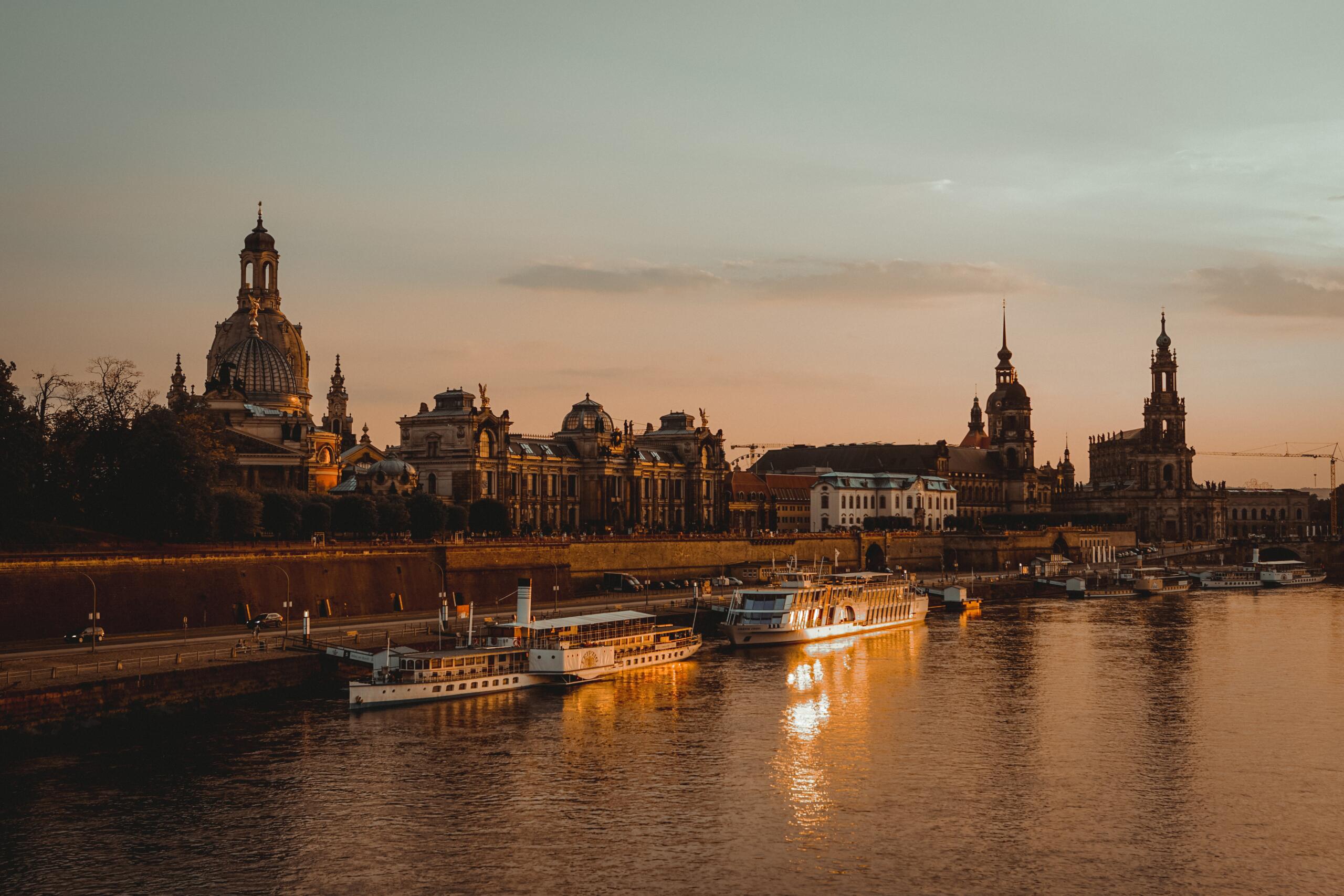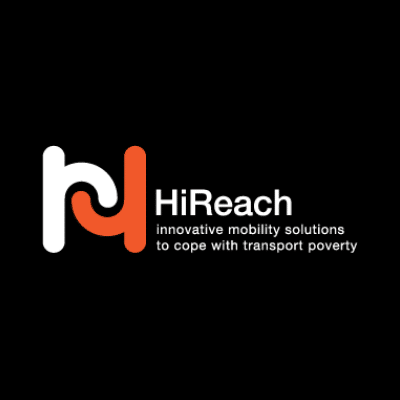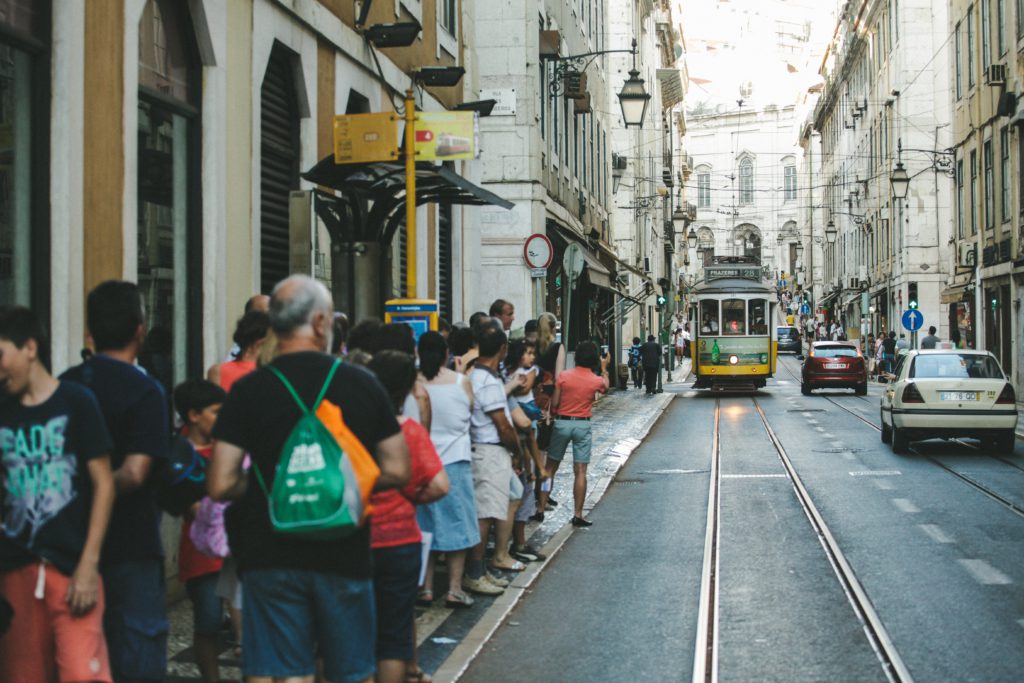Dresden
Dresden, the capital of the German Free State of Saxony, has a population of more than half a million inhabitants. The city covers an area of 328.31 km2 (4th largest after Berlin, Hamburg and Cologne). Dresden has developed into one of Germany’s most prosperous economic locations. The local population is increasing, bucking the general trend.
Transportation in Dresden changed dramatically after the reunification of Germany in 1990 with motorisation almost doubling in less than ten years and public transport ridership shrinking. Transport policy in the 1990s was for the most part infrastructure policy.
Following a broad public discussion of transport policy principles, a new transport concept was passed in 1994 with the aim of promoting a city transport system compatible with social, ecological and urban needs.

credit: Olgi, Unsplash
The City of Dresden has developed its Mobility Model based on three overall goals: the promotion of a sustainable development of Dresden as a European location, the protection of the mobility needs of the population as well as the mobility demands of the economy and the reduction of the undesirable consequences of traffic.
In its Sustainable Urban Mobility Plan (SUMP) 2025plus, s follows in the footsteps of a series of significant predecessors, such as the 1991 Guidelines for Future Transport Policy in the Dresden Conurbation and was devised through a large consortium of voices including Steering group with representatives of the parties on the City Council, the deputy mayors, a scientific advisory board, neighbouring municipalities and other interest groups.
The Dresden mobility strategy is built on four pillars:
- Urban development and traffic
- Infrastructure
- Traffic management
- Mobility management.
Photo reference: © Christoph Münch
To facilitate the combination of different transport modes within one trip, Dresden has been introducing a network of 76 intermodal mobility hubs- "MOBis". These are central places where public transport offers meet bike-sharing, car-sharing and e-charging.
Progress is being made. The use of the car as a means of transport has declined from its peak in 2003, falling since
2003 (2008: 41%, 2013: 39%). Meanwhile active travel is being supported and promoted through shared bike systems, and a growing network of cycle lanes.
Dresden was involved in EU project CHALLENGE.
You can find out more on their website.











